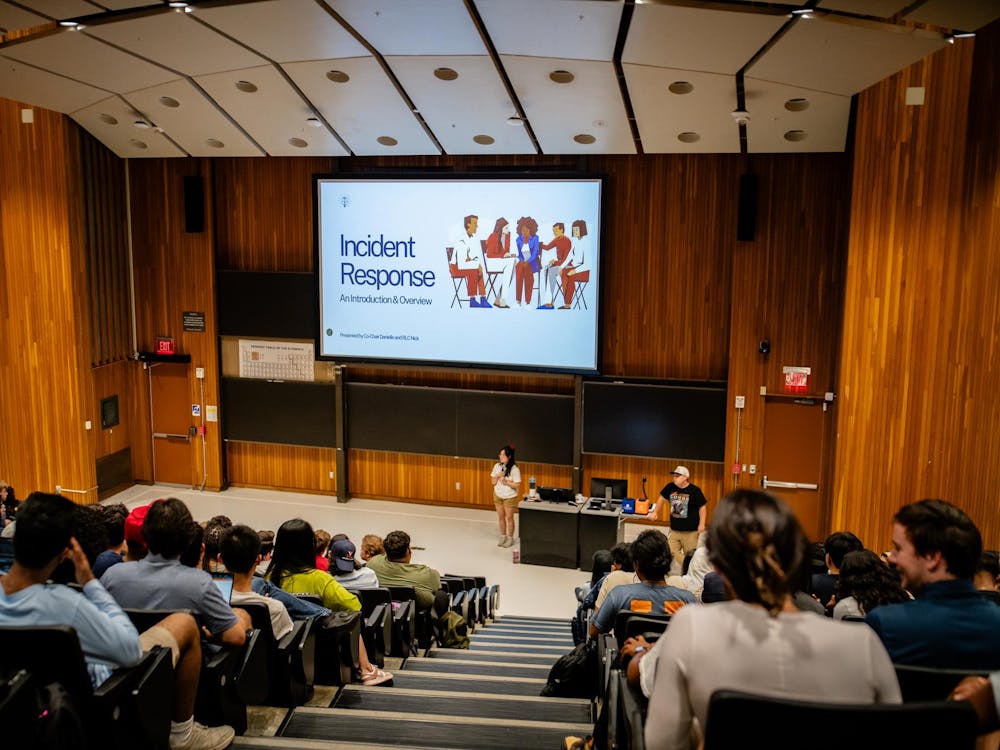Lately, issues of socioeconomic diversity have dominated University discourse. Earlier this month, University President Teresa Sullivan and United for Undergraduate Socioeconomic Diversity, or UFUSED, hosted a student-faculty event featuring speeches from first-generation students. The following week, UFUSED and Sweater Vests as Tank Tops, or SVATT, co-sponsored a student dialogue discussing socioeconomic pressures to dress a certain way at the University. I am glad such dialogues are taking place. At times it appears as if the interests of first-generation and low-income students are not acknowledged as often as other issues affecting the University community. Unlike groups such as the Black Student Alliance, whose weekly “What’s the Word Column” is featured in this very publication, groups addressing the needs of these aforementioned communities appear to lack similar advocacy platforms. While the renewed focus on issues affecting first-generation and low-income students is certainly encouraging, the University should do more to service the needs of these student communities.
Throughout their college careers, first-generation and low-income students must often overcome a multitude of challenges of which other students are relatively unaware. According to a recent Brookings study, college graduates from low-income families earn lower wages. Furthermore, first-generation students generally have lower graduation rates, higher debt burdens and face a variety of social and cultural pressures on account of their socioeconomic circumstances. While last Wednesday's UFUSED and SVATT event discussed dress expectations, students experience similar reminders of socioeconomic inequality when discussing study abroad or spring break. At worst, these pressures may cause one to doubt whether they can fit in at a university where many students appear accustomed to a more privileged lifestyle.
This is not to suggest the University does not remain an attractive institution for first-generation and low-income students. According to the University Office of Admissions, a preliminary analysis of applications received by the Jan. 1 deadline for the class of 2019 showed that applications from first-generation students increased by 12 percent compared to the previous year. According to the Virginia State Council of Higher Education, from 2008-2009, 87.4 percent of students in family income bracket $0 to $49,999 that originally enrolled in the University ultimately graduate. These rates for James Madison University, Virginia Tech and the College of William and Mary are 75.9, 75.7 and 84.6 percent, respectively. This, in addition to Sullivan’s “First Gen Initiative,” shows the University is one of a select number of institutions of higher learning leading the effort to better accommodate the needs of first-generation and lower income students. However, the University’s current successes should not dissuade the administration from following precedents set by other universities.
While University President Teresa Sullivan’s “First Gen Initiative” emphasized the need to cultivate relationships between students and faculty members, other universities have developed more dynamic programs that better help first generation and low-income students achieve success post graduation. At Brown University, the school administration recently announced its decision to open a First-Generation College Student Center to facilitate peer mentoring, student alumni networking and university outreach to incoming first-generation students. Outside of school administrations, the Harvard Alumni Association features an officially recognized First Generation Shared Interest group, which offers mentoring from alumni as well as advocacy and networking opportunities. Such programs could be highly beneficial in helping to mitigate the aforementioned post graduation burdens impacting first-generation and low-income students while continuing to promote greater socioeconomic diversity.
For many, college is the most reliable means of achieving greater social mobility, yet all too often first-generation and low-income students must overcome various impediments to their success. Clearly creating a First-Generation College Student Center or Alumni Association Interest Group will not resolve all of the issues affecting these student communities. However, doing so can help mitigate the socioeconomic pressures affecting these students and sets a standard for other public universities to emulate. As an institution priding itself as a home for “students from all walks of life,” the University administration should continue to prioritize its effort to meet the needs of first-generation and low-income students.
Brandon Brooks is an Opinion columnist for The Cavalier Daily. He can be reached at b.brooks@cavalierdaily.com.






